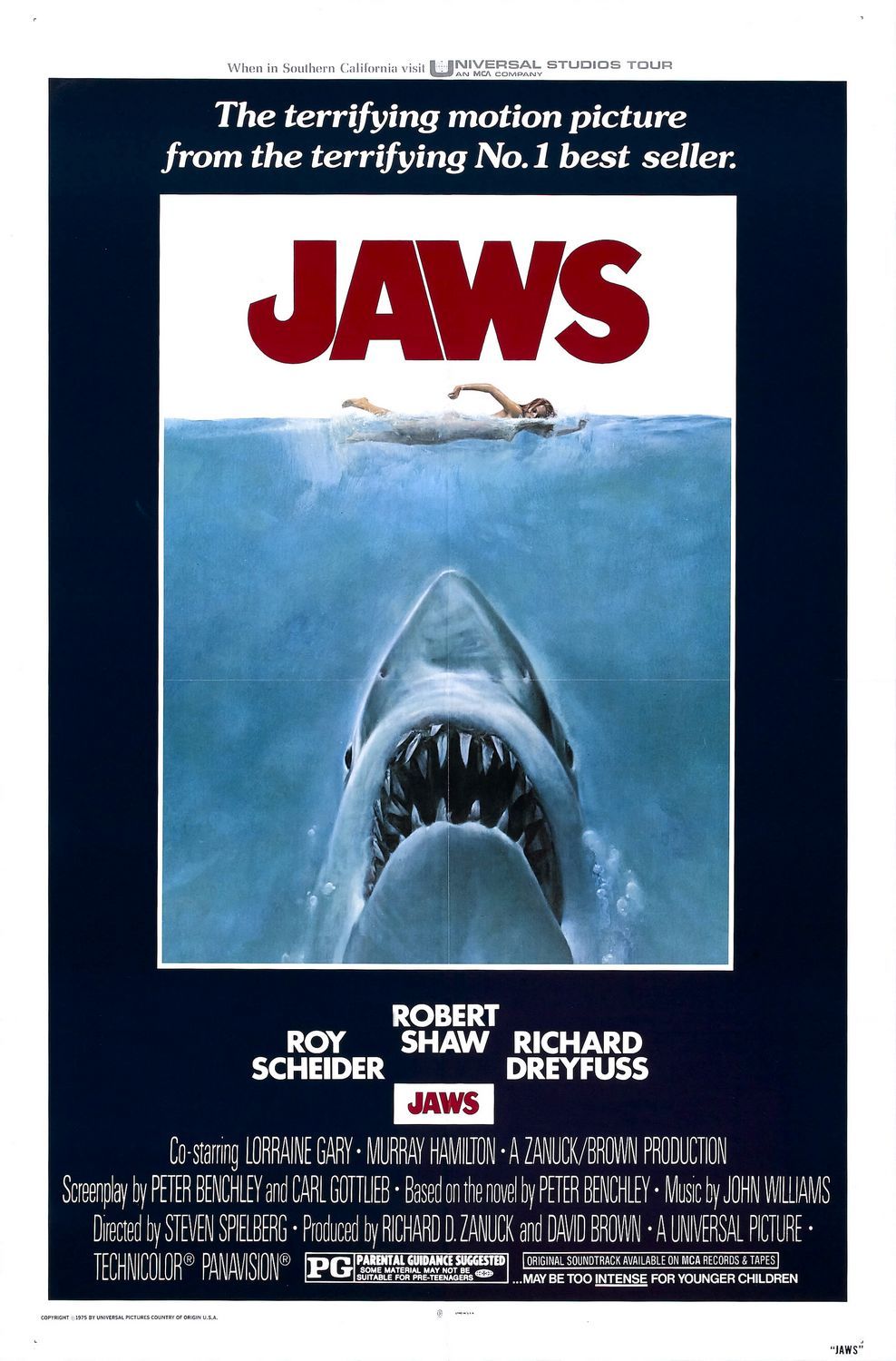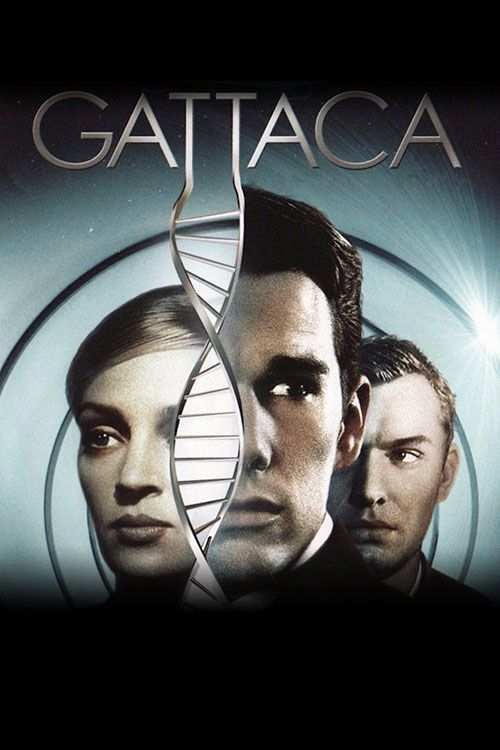
Hollywood, the land of dreams and dazzling blockbusters, often paints a picture of endless success. We see the glitzy premieres, the massive opening weekends, and the celebratory headlines touting films that rake in billions globally. It’s the ultimate fantasy, where big budgets translate directly into even bigger profits, right? Well, not always.
Sometimes, even with all the star power, a hefty marketing budget, and a concept that seems like a guaranteed hit, things go spectacularly wrong. These aren’t just minor disappointments; we’re talking about films that lost tens, sometimes hundreds, of millions of dollars, leaving studios to wonder what on earth happened. They were supposed to be surefire successes, but instead, they joined the infamous club of box-office bombs.
So, buckle up, because we’re taking a deep dive into some of the most surprising cinematic duds in recent memory and a few from the archives. These are the movies that everyone, from producers to the most casual filmgoers, expected to be massive hits, only to watch them crash and burn in spectacular fashion. Get ready to have your expectations flipped!
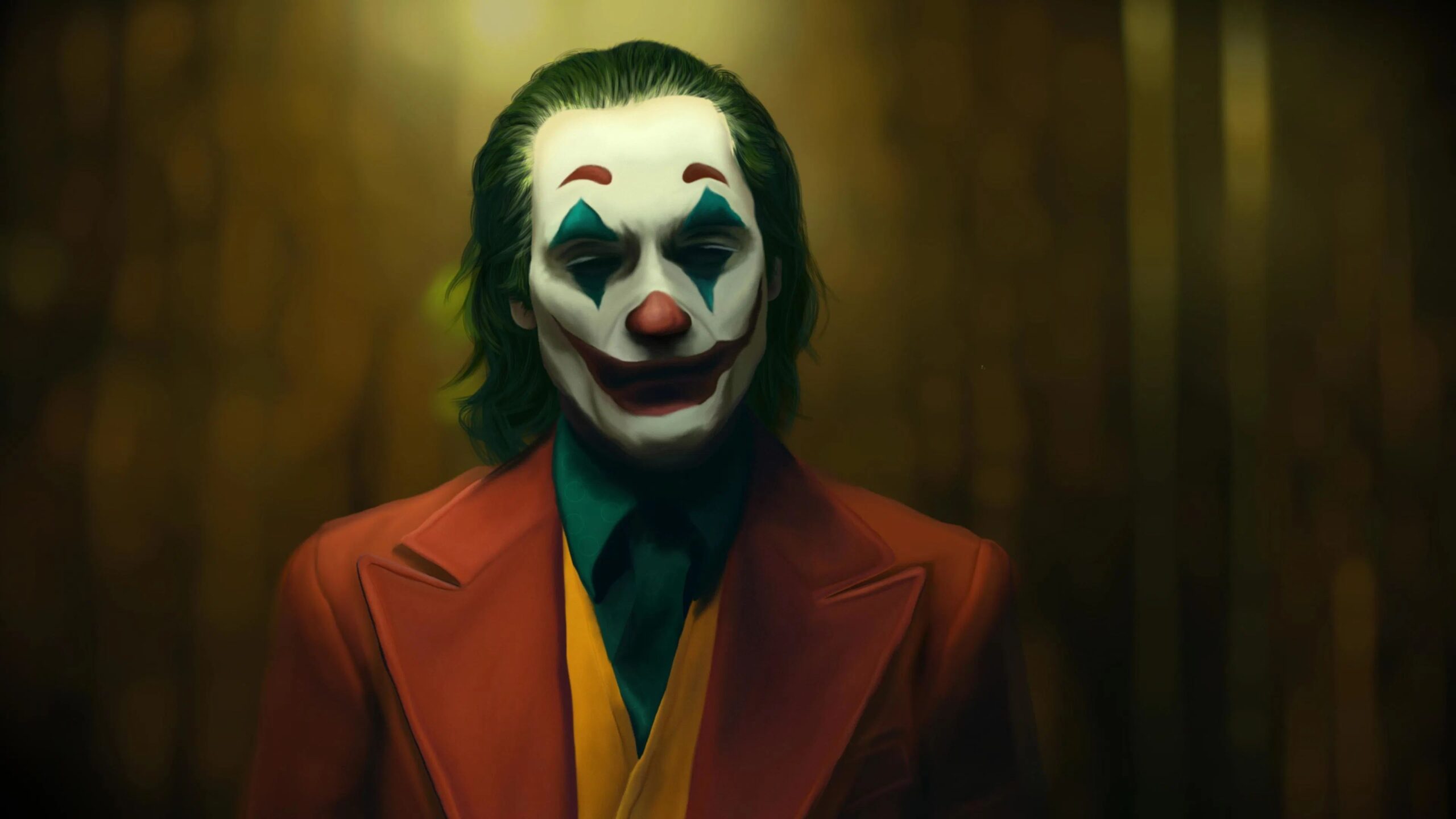
When the first “Joker” movie hit theaters in 2019, it wasn’t just a hit; it was a phenomenon, grossing over a billion dollars worldwide and earning its star, Joaquin Phoenix, an Academy Award. It became the highest-grossing R-rated movie at the time, and the idea of a sequel seemed like an absolute no-brainer for Warner Bros. The hype was real, and expectations for its follow-up were sky-high.
However, “Joker: Folie à Deux,” released in October, shockingly made just a fifth of what its predecessor earned at the box office. If you had told anyone back in 2019 that the sequel would barely cross the $200 million threshold, they simply would not have believed you. It was a massive letdown for the studio and everyone involved.
According to estimates by Variety, the film could lose its studio anywhere from a staggering $125 to $200 million. To make matters even worse, it earned the rare “D” on CinemaScore, a brutal indication that not only did people not see it, but the ones who did absolutely hated it. This sequel proved that even a billion-dollar legacy isn’t always enough to guarantee future success.
Read more about: Method Dressing Mania: The Epic Red Carpet Transformations That Brought Movies to Life
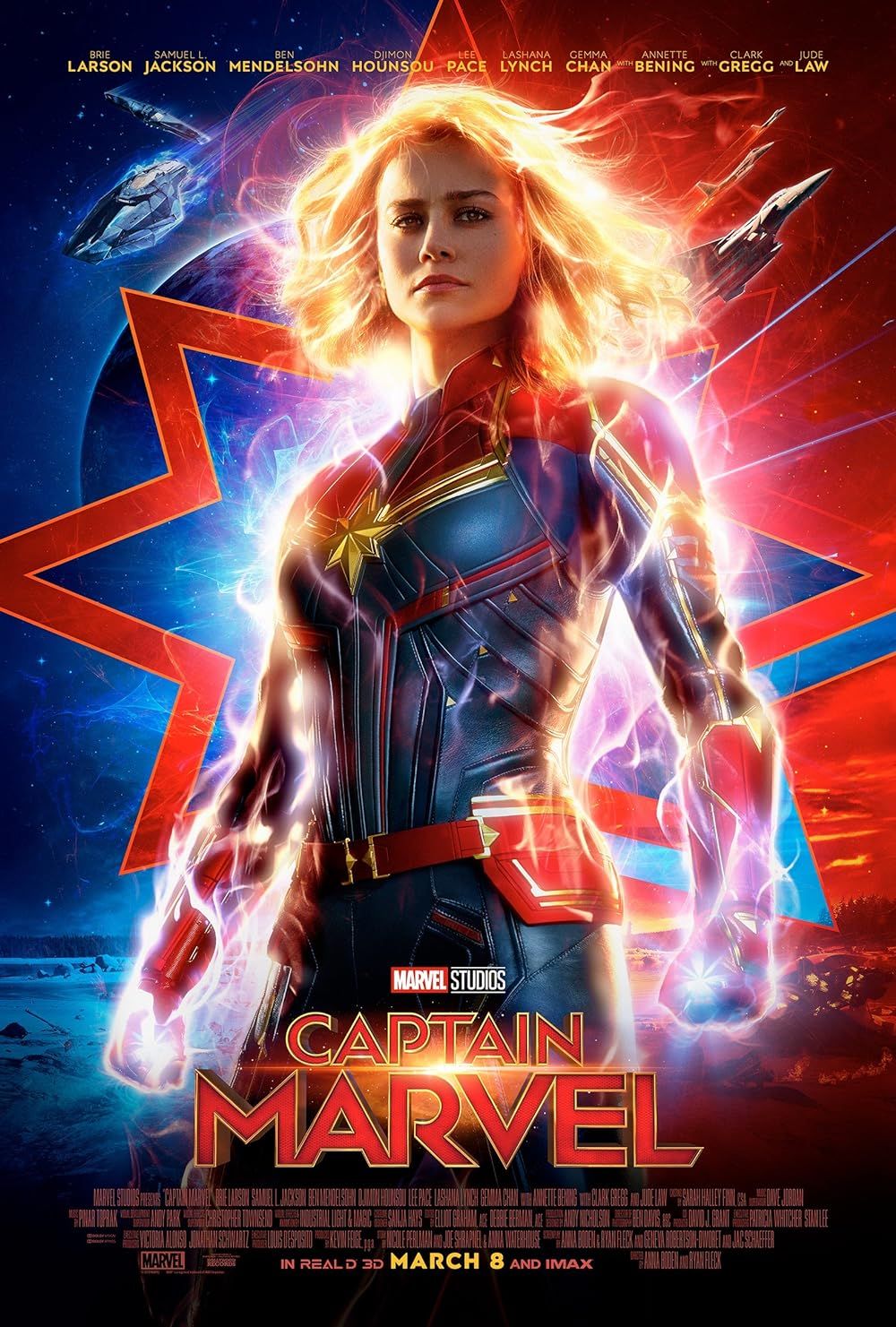
The Marvel Cinematic Universe (MCU) is, without a doubt, the most successful film franchise of all time, consistently raking in billions of dollars for Disney. It seemed almost untouchable, a juggernaut of cinematic success that could do no wrong. But, as even the mightiest empires learn, cracks can eventually show, and for the MCU, “The Marvels” was that undeniable fissure.
Released in 2023, “The Marvels” had the lowest opening of any MCU movie, pulling in a mere $65 million. This was a stark contrast to the usual superhero fanfare and an immediate red flag for the franchise. Despite arguments that the film itself wasn’t as bad as online chatter suggested, the box office numbers told a very different, and very painful, story.
Forbes reported that the film lost a staggering $237 million. This marked the MCU’s first real, undeniable bomb, a shocking development for a franchise that had, until then, seemed invincible. It was a wake-up call that even the biggest names in superhero cinema aren’t immune to the unpredictable forces of the box office.
Read more about: Beyond the Guac: 8 Surprising and Delicious Ways to Transform Your Avocado Game

In 2001, the biographical film “Ali” seemed like a guaranteed win. It starred the A-lister Will Smith as the iconic boxer Muhammad Ali, and had Michael Mann in the director’s chair. A powerful true story with a top-tier cast and crew – what could possibly go wrong? Producers at Sony likely envisioned a knockout hit, both critically and financially.
However, the film quickly proved to be a major financial disappointment. With a production cost that ballooned from $107 million to $118 million after director Michael Mann moved filming to Africa, it was already an expensive undertaking. Despite its star power and critical acclaim, audiences just didn’t show up in the numbers expected.
Box Office Mojo estimates that the film made just $87.8 million worldwide. When factoring in marketing costs, Sony was reportedly on the hook for over $100 million in losses. “Ali” served as a tough lesson that even a compelling story and an Oscar-nominated performance don’t always translate into box office gold.
Read more about: Unlocking Life’s Profound Truths: 14 Essential Lessons People Learn Too Late, But You Don’t Have To

Animated films often come with a built-in audience, especially when they feature big-name voice talent. In 2003, DreamWorks released “Sinbad: Legend of the Seven Seas,” boasting the vocal talents of none other than Brad Pitt and Catherine Zeta-Jones. This adventurous tale of a legendary sailor framed for stealing a sacred book seemed primed for success.
Yet, despite the star power and the family-friendly appeal, “Sinbad” sank faster than an ancient pirate ship. The film, centering around an epic high-seas adventure, failed to capture the imagination of moviegoers in a way that would justify its significant budget. It was a surprisingly swift and deep dive into the red for the studio.
DreamWorks co-founder David Geffen publicly stated that the film lost the studio an astounding $125 million, as reported by the Los Angeles Times. It’s a sobering reminder that even A-list voices can’t always conjure box office magic if the audience simply isn’t there for the ride.

Historical epics, especially those featuring legendary figures and an all-star cast, often carry immense expectations. The 2004 film “Alexander,” based on the famous Macedonian king, certainly fit this bill, starring Colin Farrell and Angelina Jolie who were both at the peak of their powers. With a reported budget of $155 million, it was clear this was a major cinematic undertaking.
However, the grand scale of “Alexander the Great’s” life couldn’t save the film from a disappointing theatrical run. It struggled significantly after its opening. According to Bomb Report, the film’s gross plunged a massive 65.2% in its second weekend and an additional 68.9% in week three, showing a rapid loss of audience interest.
Ultimately, “Alexander” lost about $71 million, with production company Intermedia posting a $29.4 million loss for the year attributed to its performance. It was a harsh reality check that even a compelling historical narrative and a powerhouse cast aren’t foolproof guarantees against box office failure.
Read more about: Why These 15 Classic 80s Movies Still Outshine 2024’s Best Films

Jackie Chan was a certified international star in 2004, fresh off the massive success of two “Rush Hour” films. His unique blend of action and comedy seemed like a perfect fit for a family-friendly adventure based on Jules Verne’s beloved novel, “Around the World in 80 Days.” It had an estimated budget of $110 million, suggesting a grand, globe-trotting spectacle.
However, even Chan’s immense popularity and the timeless appeal of the source material couldn’t propel the film to profitability. Audiences, for whatever reason, didn’t flock to see this modern adaptation of the classic adventure. It was an unexpected stumble for a star who had largely been on a winning streak.
According to Box Office Mojo, the film only made $72 million worldwide, resulting in a significant loss for the studio. Today, the film is perhaps most notable for being the last acting role of Arnold Schwarzenegger before he transitioned to his political career as the governor of California, a curious footnote for a surprising flop.
Read more about: Unlocking Life’s Profound Truths: 14 Essential Lessons People Learn Too Late, But You Don’t Have To

Picture this: a high-octane action film directed by Rob Cohen, the man behind “The Fast and the Furious,” starring A-listers Jamie Foxx, Josh Lucas, and Jessica Biel. The 2005 film “Stealth” centered on three top Navy fighter pilots tasked with manning an advanced, drone-like plane. With a budget of $138 million, everyone, including the studio, had sky-high expectations for this military thriller.
Despite the pedigree of its director and its appealing cast, “Stealth” crash-landed at the box office, becoming a notorious flop. It was the kind of movie that looked great on paper but failed to connect with audiences when it mattered most. The anticipated adrenaline rush turned into a financial headache.
The film lost at least $56 million due to box-office deficits alone. And that’s before factoring in the cuts taken by movie theaters and the considerable marketing costs, which would have pushed the losses even higher, according to Box Office Mojo. “Stealth” remains a classic example of how even a seemingly perfect formula can go wildly awry in Hollywood’s unpredictable landscape.
As we continue our journey through Hollywood’s most jaw-dropping financial fiascos, it becomes increasingly clear that no amount of star power, directorial genius, or beloved source material can guarantee a film’s success. Sometimes, even the most meticulously planned blockbusters simply don’t connect with audiences, leading to losses that would make any studio executive break out in a cold sweat. It’s a brutal reminder of the unpredictable nature of the movie business.
In this next batch of cinematic shockers, we’ll delve deeper into more surprising implosions, exploring how acclaimed directors, established stars, and even a built-in fanbase couldn’t save these films from becoming historic financial failures. Get ready for more tales of unexpected box office doom, where millions vanished into thin air, and what seemed like sure bets turned into cautionary tales.
Read more about: The Bedding Bailout: One Sleepover Horror Story That Proves Why Clean Sheets Are the Ultimate Escape Plan

When you combine a charismatic leading man like Matthew McConaughey with the undeniable allure of Penelope Cruz in an action-adventure film, it sounds like a recipe for box office gold, doesn’t it? That was certainly the expectation for the 2005 film, “Sahara,” which followed a treasure hunter on an exhilarating quest across Africa in search of a long-lost ship. The premise alone had the potential for an epic, globe-trotting spectacle.
However, despite its A-list cast and adventurous spirit, “Sahara” quickly became a cautionary tale in Hollywood. With a reported production cost of $160 million, the film was a massive investment, but it failed to captivate audiences in the way its producers had hoped. The journey to find the lost ship proved far less profitable than anticipated for the studio.
The financial fallout was staggering: “Sahara” ultimately lost an estimated $78 million at the box office. The Los Angeles Times didn’t pull any punches, boldly calling it “one of the biggest financial flops in Hollywood history.” It just goes to show that even a treasure hunt for a lost ship can lead to a very real financial loss for the studio if the audience isn’t on board.
Read more about: 15 Thrilling Treasure Hunt Movies You Need to See
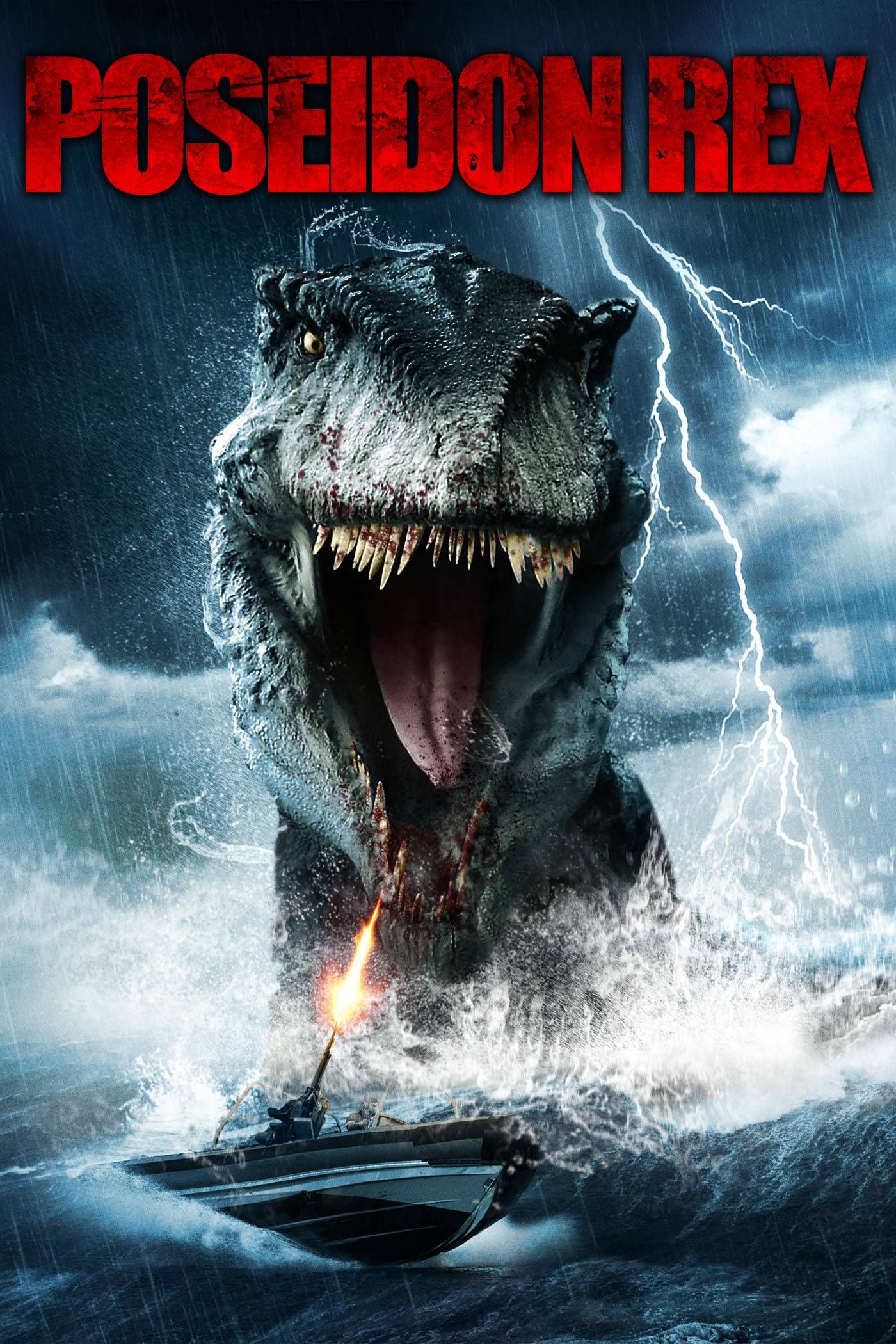
Remakes of classic films often carry a unique kind of pressure, tasked with honoring the original while bringing something new to the screen. In 2006, Warner Bros. released “Poseidon,” a big-budget reimagining of the beloved 1972 disaster classic, “The Poseidon Adventure.” Starring Kurt Russell, this film promised an updated, visually stunning portrayal of a massive cruise ship capsizing during a New Year’s Eve celebration.
With a budget of $160 million, “Poseidon” aimed to deliver a thrilling, effects-laden spectacle that would draw audiences in. The original film was a hit, and the concept of a disaster movie about a sinking ship seemed timeless enough to guarantee success for a modern update. Yet, despite the grand scale and the intensity of the on-screen peril, the film struggled to stay afloat at the box office.
The remake tragically mirrored the fate of its fictional ship, sinking financially. Business Insider previously reported that after all was said and done, “Poseidon” lost the studio an estimated $69 million. It serves as a stark reminder that even a cherished story and cutting-edge effects can’t always guarantee smooth sailing in the unpredictable waters of the film industry.
Read more about: 15 Iconic and Enduring Cult Classic Films You Need to See
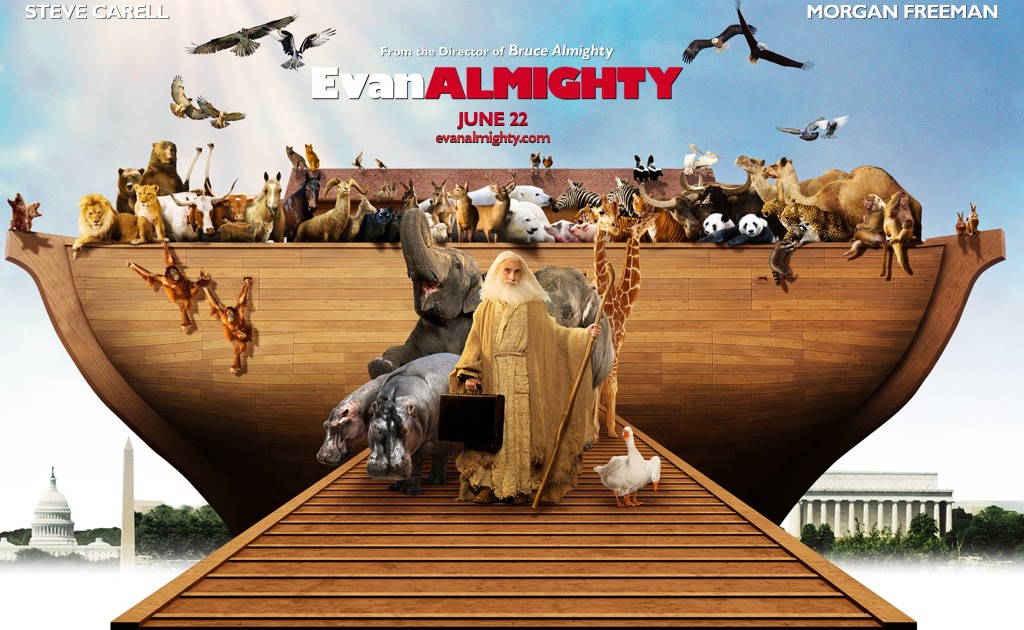
Following up on a mega-hit like “Bruce Almighty,” which saw Jim Carrey wield divine powers, sounds like a pretty safe bet for a sequel, right? In 2007, Universal Pictures released “Evan Almighty,” a spin-off that elevated Steve Carell’s character from the original, with Morgan Freeman reprising his role as God. The film centered around the biblical tale of Noah’s ark, as Evan Baxter is tasked with building a modern-day ark.
This comedy had an estimated budget of $175 million, making it the most expensive comedy of all time, according to Reuters. The sheer investment suggested immense confidence in its concept and star power. With the original’s success and two comedic giants at the helm, the film seemed destined for widespread family appeal and significant box office returns.
However, despite its grand scale and high hopes, “Evan Almighty” struggled to replicate the success of its predecessor. The ambitious production, featuring a literal ark and a multitude of animals, couldn’t translate into big profits. According to Bomb Report, the film ended up losing one of its backers a considerable $50 million, proving that even a laugh-out-loud premise and divine intervention aren’t always enough to guarantee a heavenly financial outcome.
Read more about: Beyond Shawshank: 15 More Essential Morgan Freeman Films

When a legendary director like Martin Scorsese steps into new territory, especially with a family-friendly adventure, the anticipation is usually sky-high. His 2011 film, “Hugo,” was a beautifully crafted tale about a young orphan living in a train station in 1930s Paris, starring young talents Asa Butterfield and Chloë Grace Moretz. It was visually stunning, critically acclaimed, and seemed to possess a unique charm.
The film’s intricate set designs and innovative use of 3D technology earned it numerous accolades, including Academy Awards. It was a departure from Scorsese’s usual gritty dramas and thrillers, showcasing his versatility and artistic vision. For many, it felt like a cinematic masterpiece that would surely resonate with a wide audience, especially during the holiday season.
Yet, despite the critical praise and a revered director at the helm, “Hugo” faced a harsh reality at the box office. According to Bomb Report, the film ended up going $80 million over budget and ultimately lost the studio a staggering $80 million. It was a surprising setback that proved, much to everyone’s astonishment, that not every film, even a critically beloved one from a master filmmaker like Scorsese, is guaranteed to be a box-office hit.
Read more about: The 16 Most Rewatchable Movie Fights & Scenes
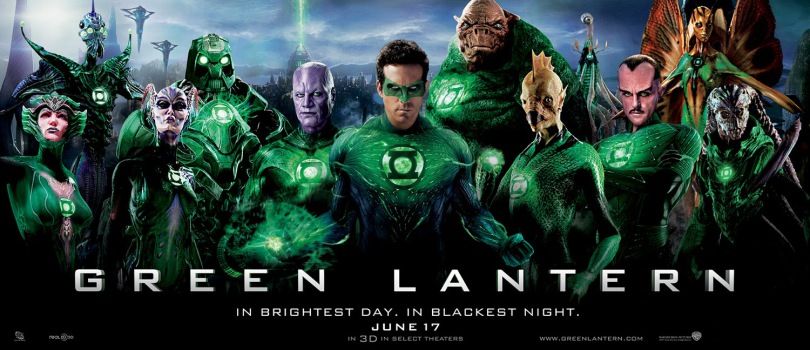
Superhero films were undeniably in the middle of a massive renaissance in 2011, with hits like “Iron Man” and “The Dark Knight” proving that comic-book movies had mass appeal and could rake in billions. So, when “Green Lantern” was announced, starring beloved stars Ryan Reynolds and Blake Lively, it seemed like Warner Bros. had another surefire hit on their hands. The film centered on a test pilot who gains a powerful alien ring, joining an intergalactic police force.
With an estimated budget of $200 million, the studio was clearly investing heavily in this new superhero franchise. The expectation was that a well-known comic book character, coupled with a popular cast and the prevailing superhero craze, would effortlessly translate into blockbuster success. It felt like a perfect storm of elements aligning for a massive cinematic event.
However, despite the hype and the superhero momentum, “Green Lantern” barely broke even at the box office, ultimately leading to significant financial pain for the studio. According to Bomb Report, the studio took an estimated $75 million loss on the film. Its failure served as a sobering reminder that even a built-in fan base and a popular genre don’t always guarantee success, and some superhero films, despite all the stars, can still fall flat.
Read more about: DC Multiverse Showdown: Justice League Warworld’s Twist Tops The Flash
Read more about: Unlocking Life’s Profound Truths: 14 Essential Lessons People Learn Too Late, But You Don’t Have To

Sequels to billion-dollar blockbusters are usually considered a safe bet, right? Well, not always. In 2016, Disney released “Alice Through the Looking Glass,” the follow-up to Tim Burton’s visually stunning and incredibly successful 2010 film “Alice in Wonderland,” which had grossed over $1 billion worldwide. With Johnny Depp and Anne Hathaway reprising their roles, this sequel seemed poised to recapture the magic and the massive profits.
The original film’s success had set a very high bar, and the anticipation for another adventure with Alice in Wonderland was palpable. The estimated budget for the sequel was a considerable $170 million, reflecting Disney’s confidence in the enduring appeal of the world and its characters. It was expected to be another fantastical romp through a beloved, whimsical universe.
However, despite its pedigree and the star power, “Alice Through the Looking Glass” suffered a shocking decline in popularity and box office performance. It simply failed to connect with audiences in the way its predecessor had, leading to a significant financial setback. The film ended up costing Disney an estimated $70 million, a truly staggering loss especially when considering that the first film had soared past the billion-dollar mark. It was a harsh reminder that even the most successful franchises can stumble when audiences decide they’ve had enough.
These cinematic misfires serve as a fascinating, and often painful, lesson in the notoriously fickle world of Hollywood. From star-studded epics to highly anticipated sequels and beloved adaptations, the journey from script to screen is fraught with peril, and even the best intentions and biggest budgets can’t guarantee a happy ending. As audiences, we’re left scratching our heads, wondering how these supposed surefire hits could crash and burn so spectacularly. But for the studios, these are not just curiosities; they are stark reminders of the immense risks involved in chasing the next big blockbuster, proving that sometimes, even in the land of dreams, reality can be a cruel box office bomb.”
Read more about: Sacha Baron Cohen’s Pranks Go Wild: Giuliani, Borat, and the Legal Fight
, “_words_section2”: “1738

